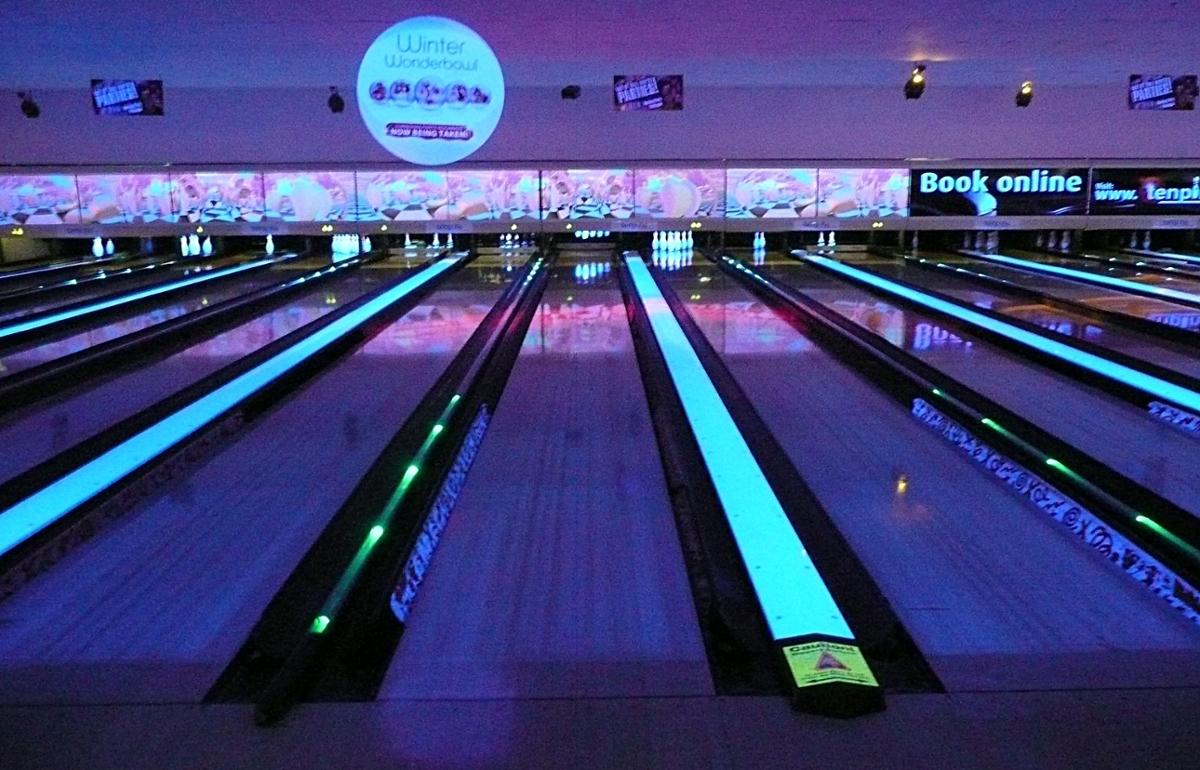When was the last time you went bowling? Think of the crash of falling pins, the smell of popcorn . . . and the way your bowling shoes seemed to glow in the blue lighting. Or, remember a trip to the roller skating rink when you were a kid. The loud music, the sticky seats . . . and the vivid shine of white clothing in the dark.
That luminescence—of bowling shoes, or of white t-shirts—comes from the blacklights that these venues often use. Blacklights emit mostly UV light, which causes certain material to glow with neon brightness. It’s a familiar look in bowling alleys—but it also occurs in nature.
One recent study highlights this phenomenon, which is called biofluorescence. The nests of Asian paper wasps produce a brilliant, lime green glow when seen under ultraviolet light. In fact, the glow is so bright that you can see it from over sixty feet away! The scientists who discovered the radiant nests note that the fluorescence seems to come from the silk proteins of the cocoons, which are woven by wasp larvae.










